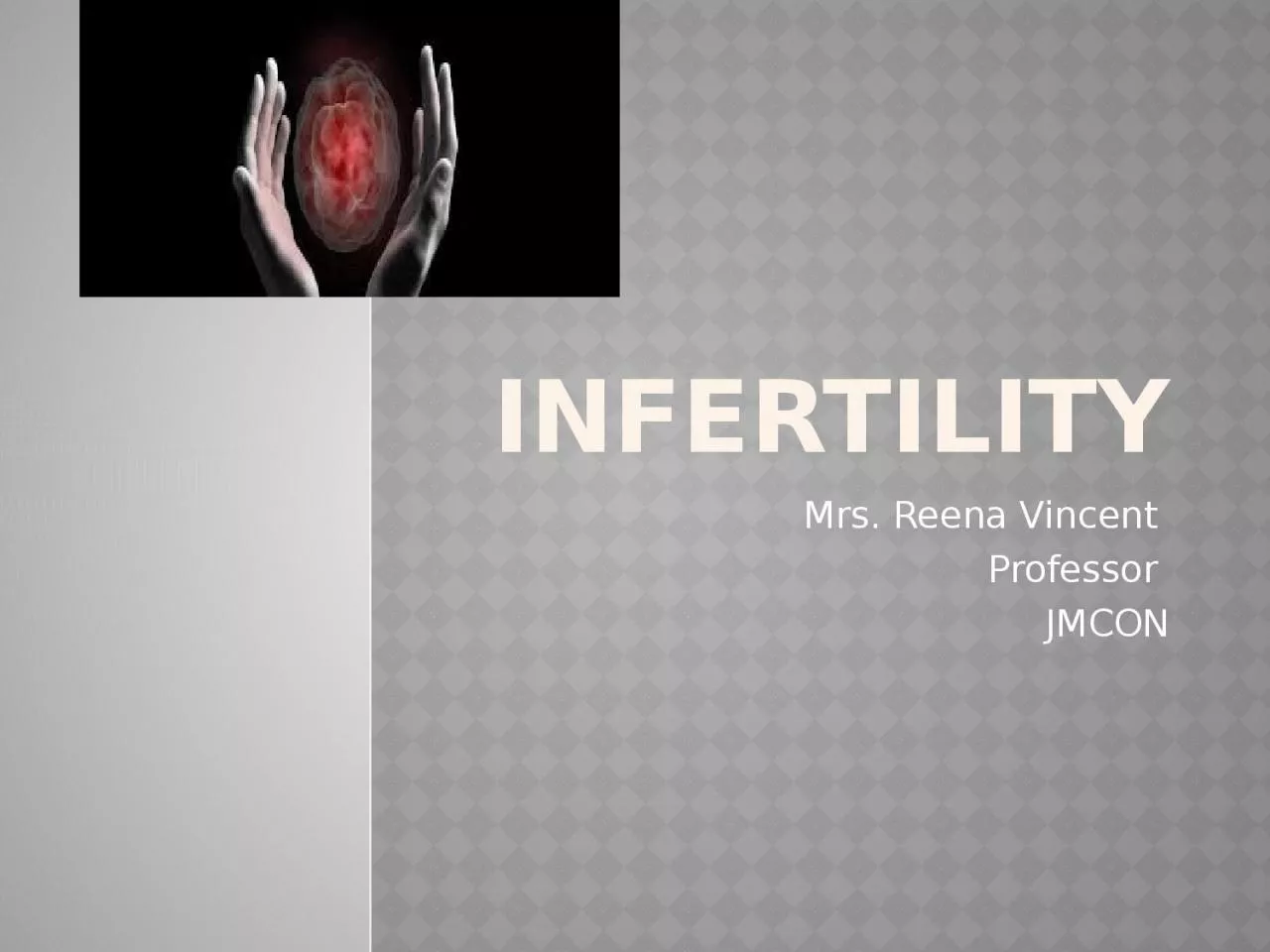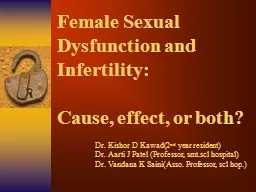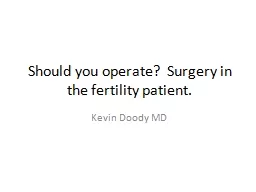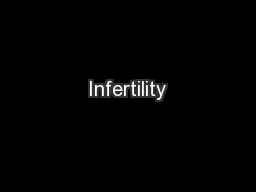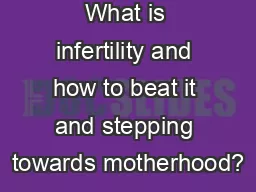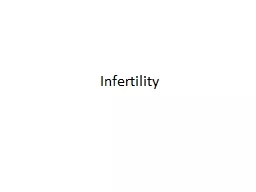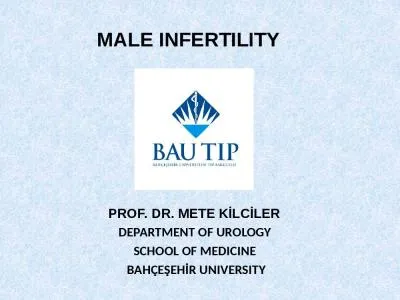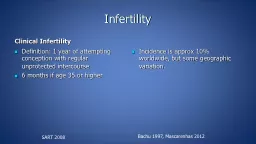PPT-INFERTILITY Mrs. Reena Vincent
Author : beatrice | Published Date : 2024-01-03
Professor JMCON Central objective Students acquire depth knowledge about infertility and its management and able to describe and apply knowledge while giving care
Presentation Embed Code
Download Presentation
Download Presentation The PPT/PDF document "INFERTILITY Mrs. Reena Vincent" is the property of its rightful owner. Permission is granted to download and print the materials on this website for personal, non-commercial use only, and to display it on your personal computer provided you do not modify the materials and that you retain all copyright notices contained in the materials. By downloading content from our website, you accept the terms of this agreement.
INFERTILITY Mrs. Reena Vincent: Transcript
Download Rules Of Document
"INFERTILITY Mrs. Reena Vincent"The content belongs to its owner. You may download and print it for personal use, without modification, and keep all copyright notices. By downloading, you agree to these terms.
Related Documents

